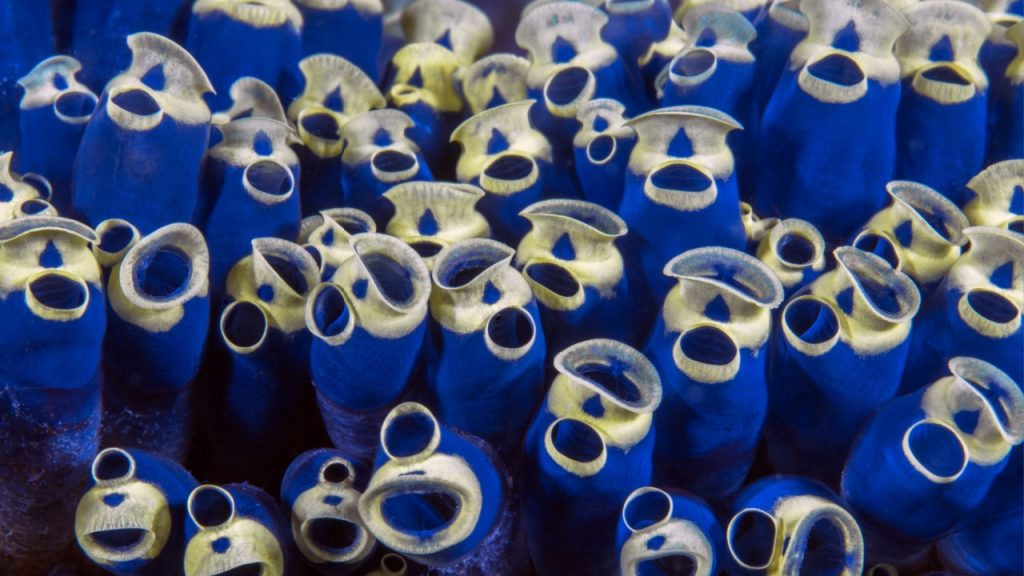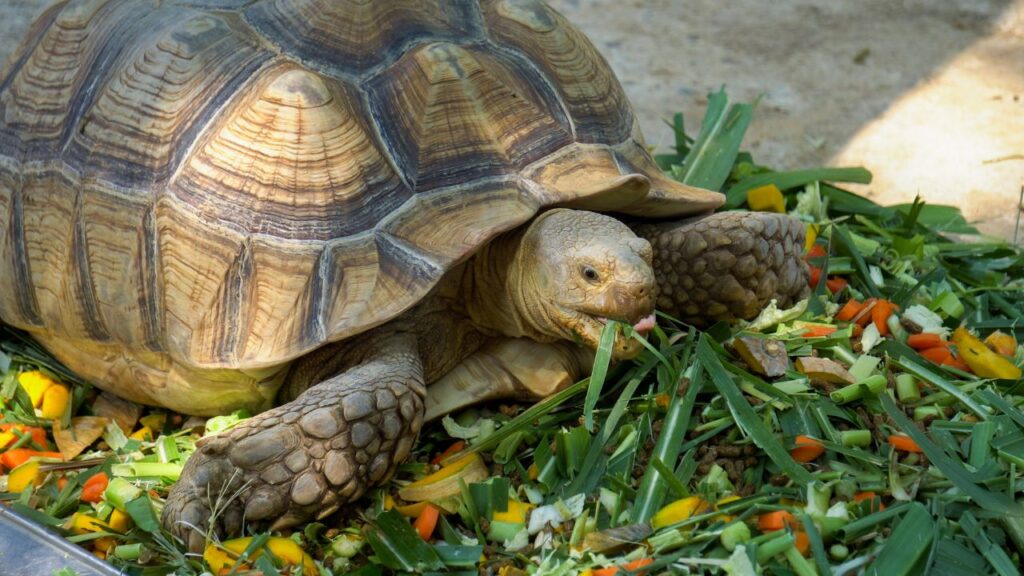Sea squirts, also known as ascidians, are fascinating marine creatures that often go unnoticed. These odd-looking animals play a crucial role in ocean ecosystems and have some truly remarkable characteristics. From their unique life cycle to their potential medical applications, sea squirts are full of surprises. These little odd-balls are super strange but incredibly important to the marine ecosystem.
They’re More Closely Related to Us Than You Think
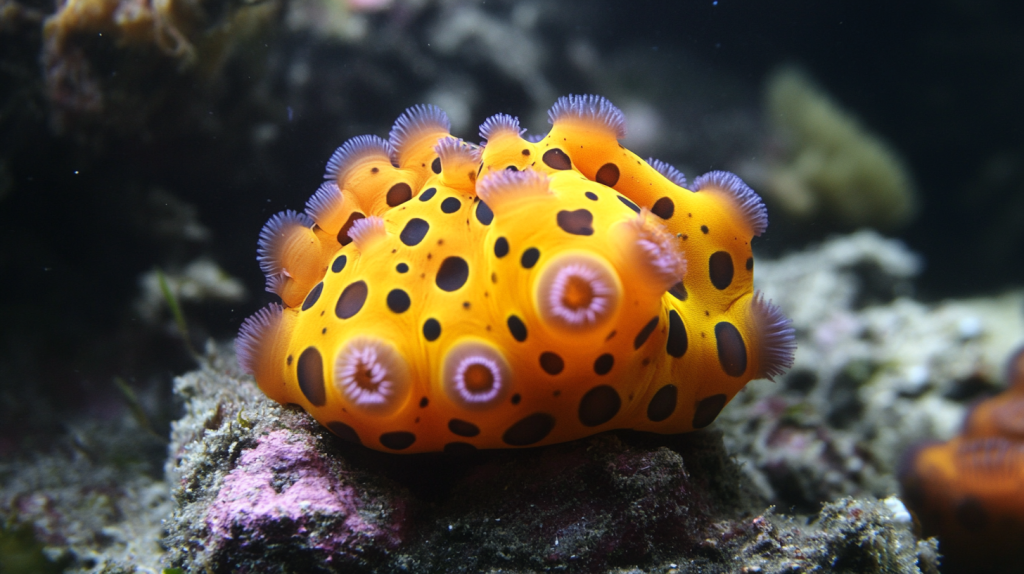
Sea squirts are actually more closely related to humans than to most other invertebrates. They belong to the phylum Chordata, which includes all vertebrates. This means they share a common ancestor with fish, amphibians, reptiles, birds, and mammals. Sea squirts have a notochord (a flexible rod-like structure) during their larval stage, which is a key characteristic of chordates.
They Eat Their Own Brains
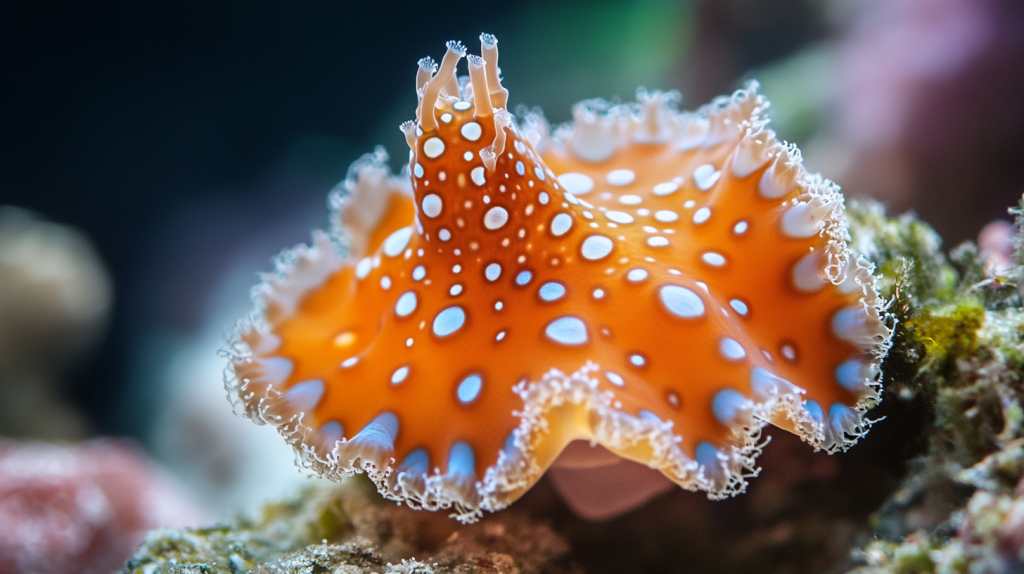
In one of nature’s strangest transformations, sea squirt larvae actually eat their own brains. When a sea squirt finds a place to settle, it attaches itself head-first to a rock or other surface. It then digests most of its larval body, including its brain and nervous system. This drastic change allows it to adapt to its new sessile (fixed in one place) lifestyle.
They’re Living Water Filters
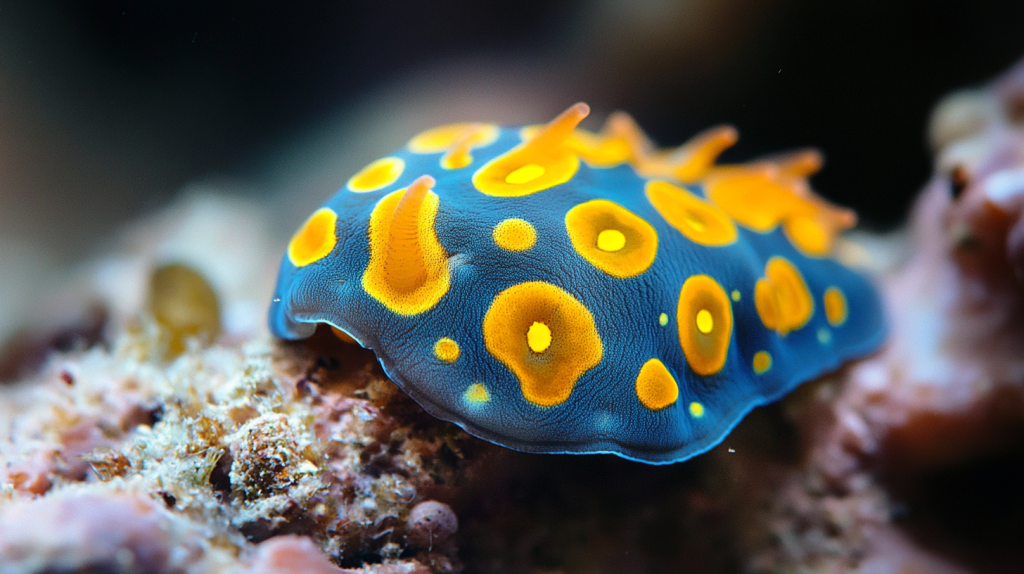
Sea squirts are highly efficient filter feeders. They can filter up to 173 gallons of seawater per day through their bodies. This makes them important players in maintaining water quality in marine ecosystems. They remove particles and plankton from the water, helping to keep it clean and clear.
Some Species Form Colonies
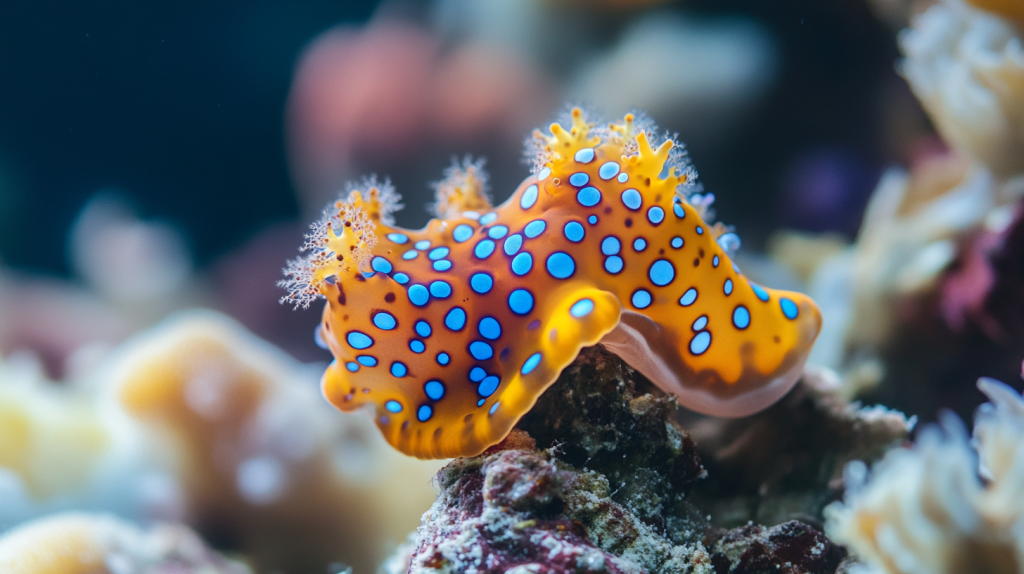
While many sea squirts live solitary lives, some species form large colonies. These colonies can consist of thousands of individual animals living together. In some cases, the individuals in a colony are so tightly connected that they share a common circulatory system. This allows them to work together more efficiently to filter water and reproduce.
They Have Two Openings
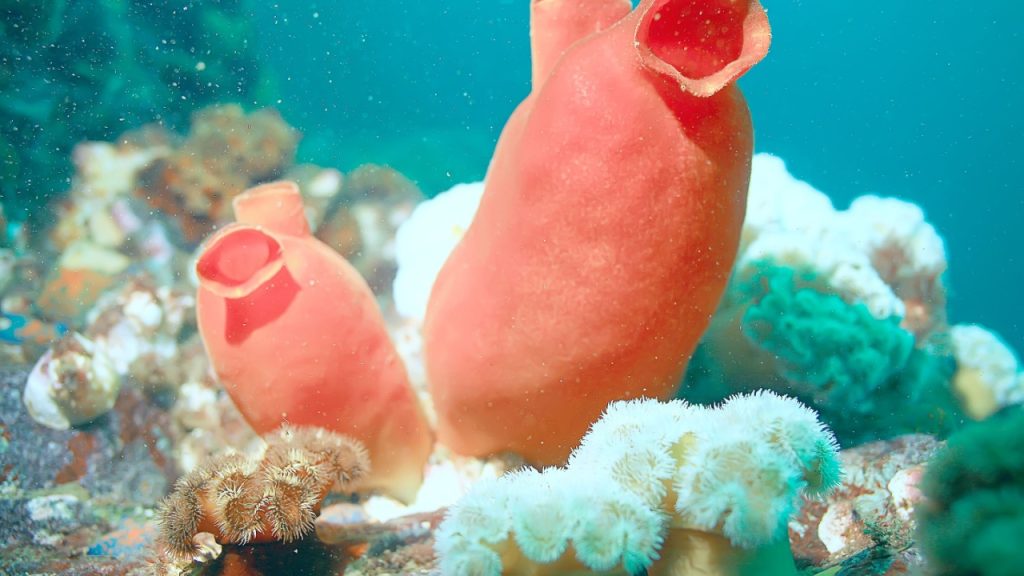
Sea squirts have two openings, or siphons, on their body. One siphon takes in water and food particles, while the other expels waste and filtered water. This is why they’re called “sea squirts” – if you touch them, they might contract their bodies and squirt out water through these openings.
Some Are Bioluminescent
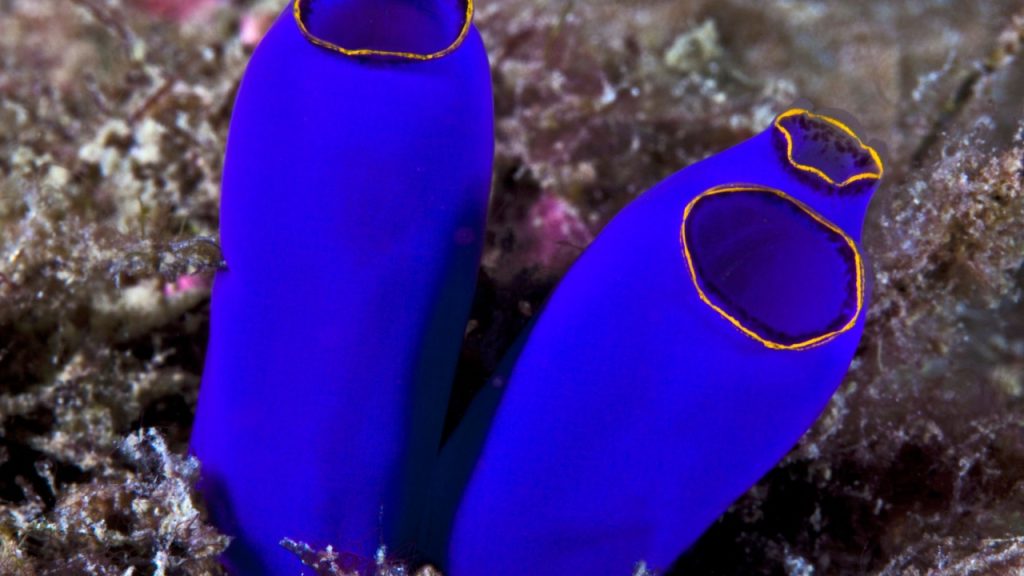
Certain species of sea squirts can produce their own light, a phenomenon known as bioluminescence. This ability is thought to serve various purposes, including attracting prey, confusing predators, or communicating with other sea squirts. The sight of glowing sea squirts can be a spectacular underwater light show.
They’re Found in All Oceans
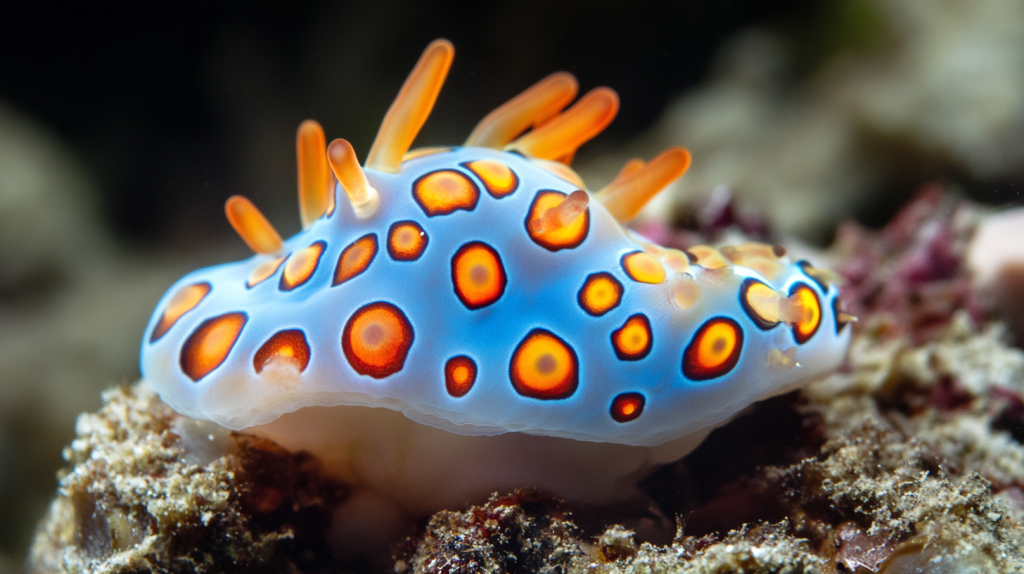
Sea squirts are incredibly adaptable and can be found in all of the world’s oceans. From shallow coastal waters to the deep sea, and from tropical to polar regions, there’s likely a species of sea squirt adapted to live there. Some species can even survive in polluted or low-oxygen environments where other marine life struggles.
They Can Regenerate

Many sea squirt species have remarkable regenerative abilities. If cut into pieces, some species can regrow entire bodies from each fragment. This ability helps them survive attacks from predators and makes them interesting subjects for scientific research on regeneration and stem cells.
They’re Sometimes Used in Traditional Medicine
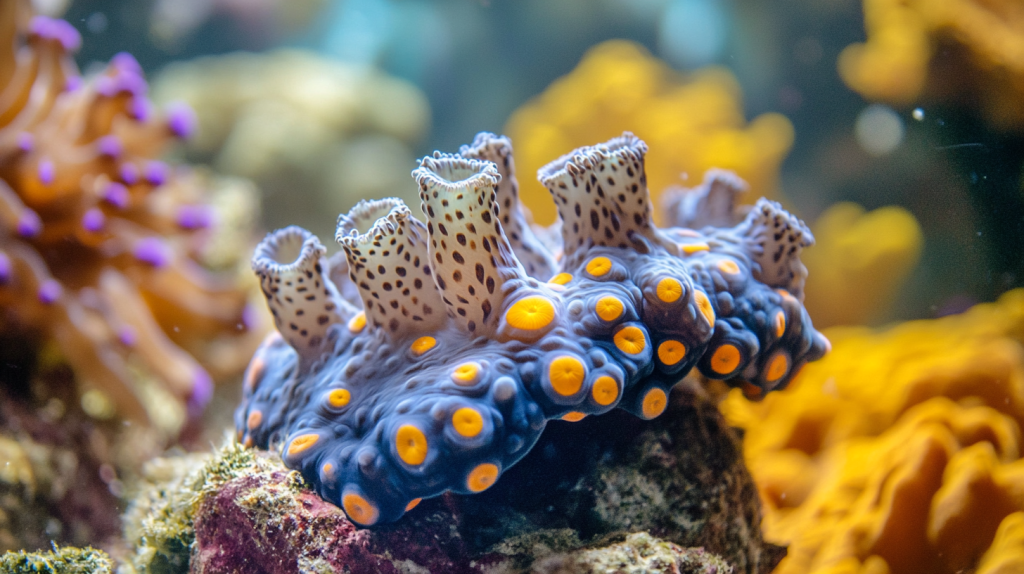
In some parts of the world, sea squirts have been used in traditional medicine. In Korea, for example, a species called Styela clava is believed to have anti-inflammatory properties. While more research is needed, scientists are studying sea squirts for potential medical applications, including cancer treatments.
They Can Be Invasive Species

Some sea squirt species can become problematic invasive species when introduced to new areas. They can quickly reproduce and outcompete native species for space and resources. For example, the carpet sea squirt has caused problems in various parts of the world by smothering native marine life and damaging fishing gear.
They Have a Unique Circulatory System

Sea squirts have an open circulatory system, which is different from the closed systems of vertebrates. Their heart pumps blood in one direction for a few minutes, then reverses and pumps in the opposite direction. This unusual system helps distribute nutrients throughout their body efficiently.
Some Produce Chemicals for Self-Defense
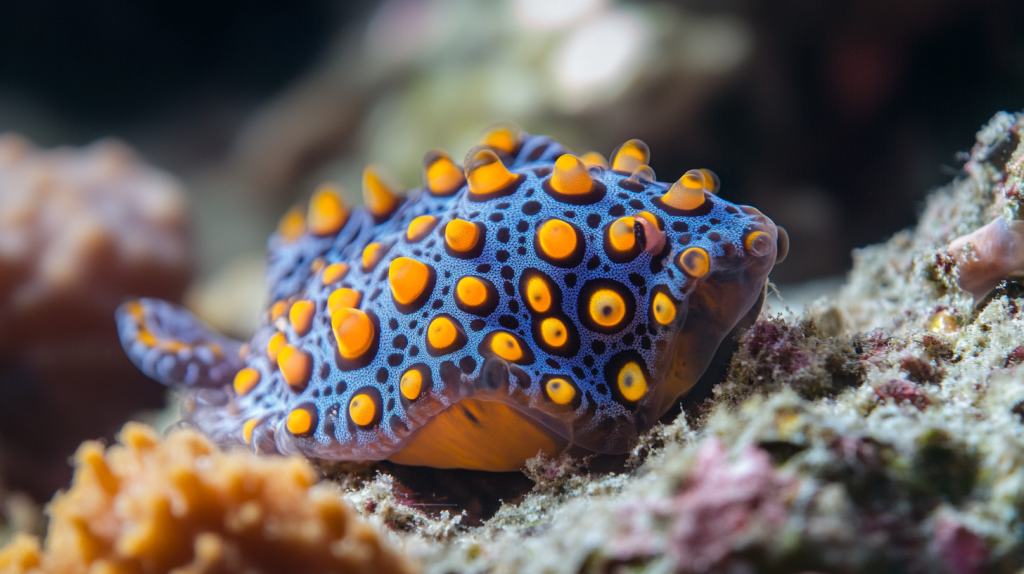
To protect themselves from predators, some sea squirt species produce toxic chemicals. These compounds can make them taste bad or even be poisonous to potential predators. Scientists are studying these chemicals for possible pharmaceutical applications, including developing new antibiotics.
They Can Live for Decades

While many sea creatures have short lifespans, some sea squirt species can live for several decades. In fact, there are reports of certain deep-sea species living for over 100 years. This longevity makes them interesting subjects for studying aging and adaptation to long-term environmental changes.
They Play a Role in Carbon Sequestration
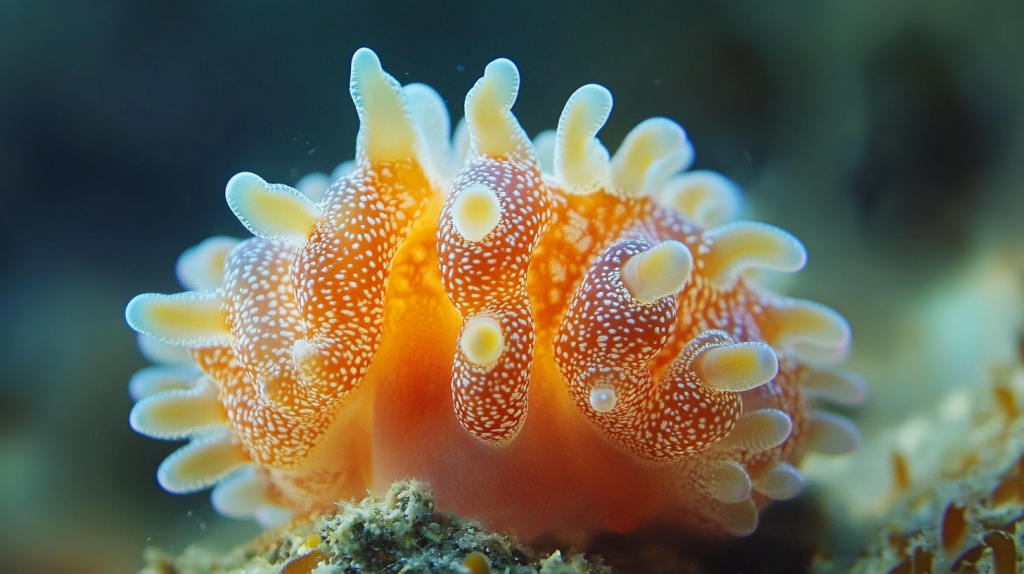
Sea squirts may play a significant role in capturing and storing carbon from the atmosphere. Their cellulose-based tunics (outer coverings) are resistant to decomposition, potentially locking away carbon for long periods when sea squirts die and sink to the ocean floor. This process could help mitigate climate change effects.
They’re Sometimes Called “Sea Pork”
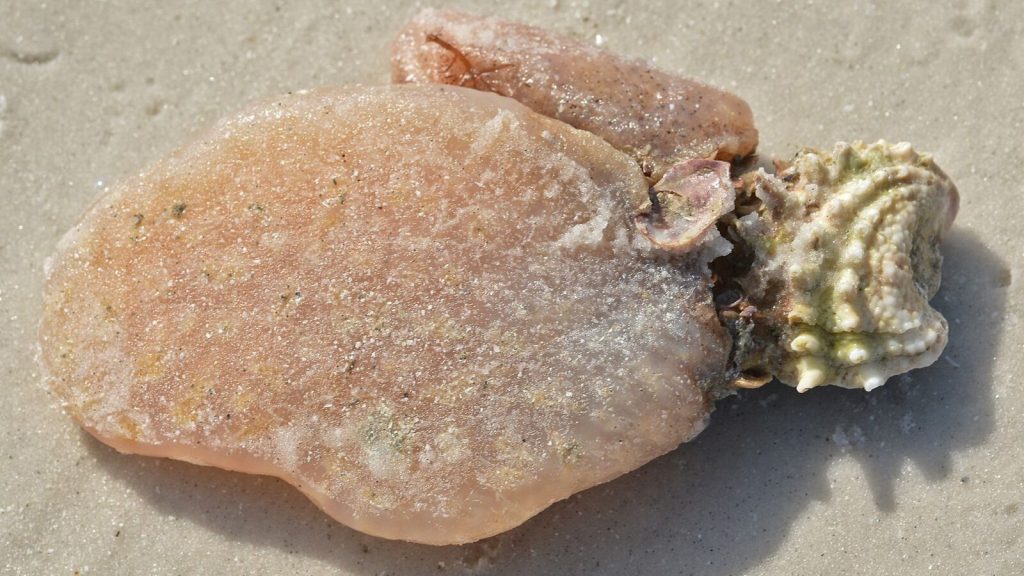
Some species of sea squirts wash up on beaches in blob-like masses that early sailors thought resembled salt pork. This led to the nickname “sea pork.” While not the most flattering name, it shows how these creatures have captured human imagination for centuries. Today, beachcombers might still encounter these strange blobs and wonder about their origin.

